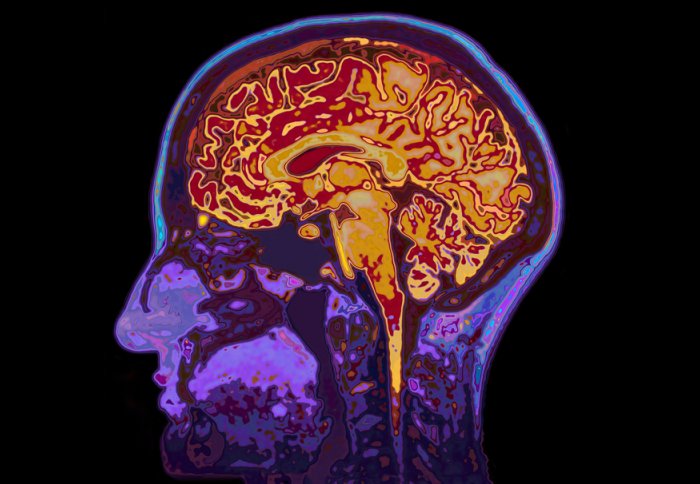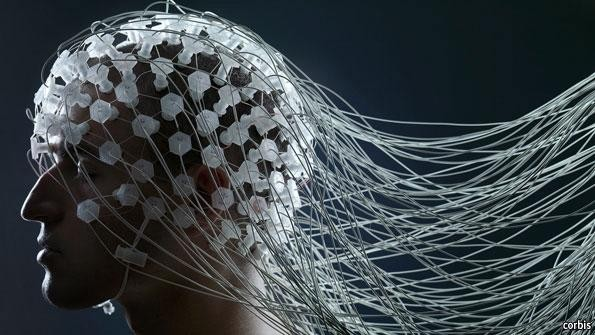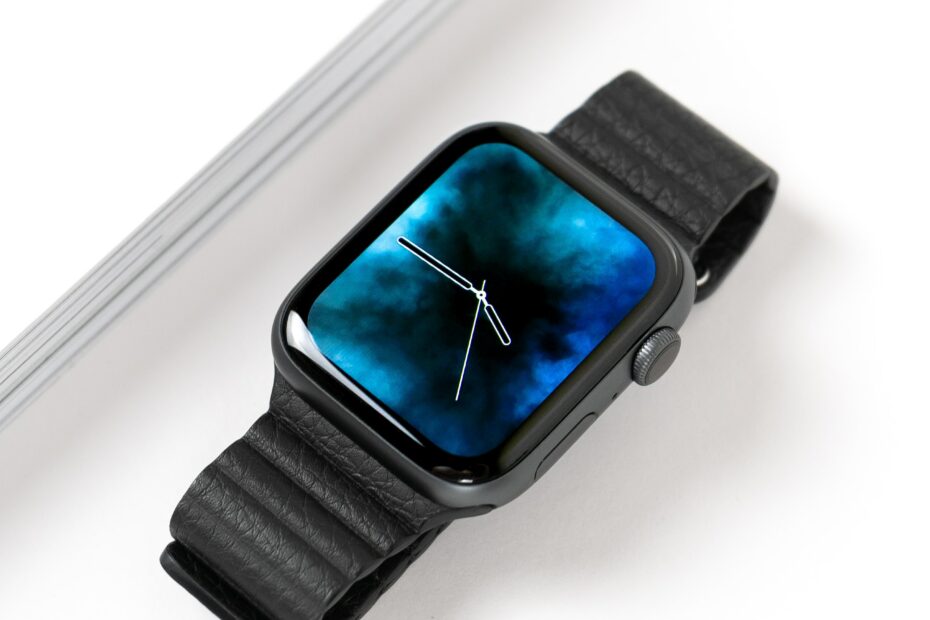The intersection of biology and technology has been and continues to be a platform for creative solutions in the real-world in-part inspired by sci-fi, but more wholly inspired by the human condition and the incessant desire to improve life, reduce suffering, and have fun along the way. With the advent of computing technology and modern electronics, humanity has propelled itself into a position where almost every problem plaguing humanity and the natural world can be solved now or in the foreseeable future. Not without hardship and adjustment, of course, as revolutions are bound to sneak in unforeseen problems. Though, many aware of the advancements around the world are hopeful and optimistic for good reason. This article intends to educate and inspire readers with gristle for an argument for a future closer to utopia than humanity has ever been before. An optimistic catalog of biotech that exemplifies the incipience of our technological singularity.
Healthcare

In April of 2019, the Imperial College London released plans to create a brain monitoring and body tracking in-ear monitor for patients with Alzheimer’s or other neurodegenerative diseases. While this device in itself could change lives forever, the device proposed would also be interwoven into a host of other devices worn on patients or embedded seamlessly into the homes of patients. The goal of the biosensors and home sensors is ultimately to recognize when a patient should be hospitalized or be checked by a doctor. Putting privacy concerns aside, this network of connected devices could save numerous lives and dramatically reduce the rising costs of caring for the world’s aging populace. In the UK alone there, 850,000 people are living with dementia, forecast to rise to 2 million people by 2051. One in four hospital beds is occupied by someone with dementia and 20% of these hospital admissions were due to preventable causes.
Food

Genetic Engineering, despite the fear created at the mention of anything resembling GMOs, has the potential to solve more problems than we have room to list. Whether it be autoimmune disorders, immunotherapy for cancer; the closest humanity has ever been to a cancer cure, genetic disorders, or issues relating to all living things that use DNA, genetic engineering and the use of CRISPR or other variants of gene-editing technologies are making waves in all areas of life. A recent overview of the application of CRISPR published in nature, the most distinguished science journal in the world, has revealed that the technology has already yielded crops with disease-resistance, environment-adaptability, longer shelf life to retain flavor, nutrient quality, and aesthetic appearance that dramatically reduces food waste, among a host of other benefits. The authors commented on the fact that genetic modification of food is necessary to feed the world’s growing population, but lamented that the largest impedance to the incorporation of GMO’d foods is a public outcry. From 2011 to 2018 the number of studies referencing just CRISPR alone as a specific form of gene-editing technology has jumped from about 100 per year to 27,600 and counting.
Mind & Body

The mind and body may seem like one the same now, but recent advancements in neuroscience, biology, technology, and electronics foreshadow something different, new, and fascinating. Publicly-facing companies like Elon Musk’s Neuralink, along with distinguished academic institutions have demonstrated immense determination and innovation with connecting humans to computers using ‘Brain-Computer Interfaces.’ also known as neural lace technologies. Specifically, in February of 2019 Columbia University was able to reconstruct numbers and words purely from neural information taken from electrodes in human subjects. A recent Nature article, written by 27 experts in the burgeoning field, stated that we’re moving towards a future “a world in which it will be possible to decode people’s mental processes and directly manipulate the brain mechanisms underlying their intentions, emotions, and decisions,”
These emerging revolutions in science and technology are just the surface, the atmosphere of near-future worlds abound with technologies that will connect and empower humanity, reduce suffering for all forms of life, and usher in a new era and spectacle of human talent. The future is now. Hold the spyglass to your plain eyes and glean what you can from this hazy view of the singularity because before you know it your eye-enhancements will let you see the details of scientific achievement from the atmosphere above and the brains of you and your kin will be directly embedded within a cerebral world-wide-web, with power and capabilities that no one ever before you could’ve dreamed.
